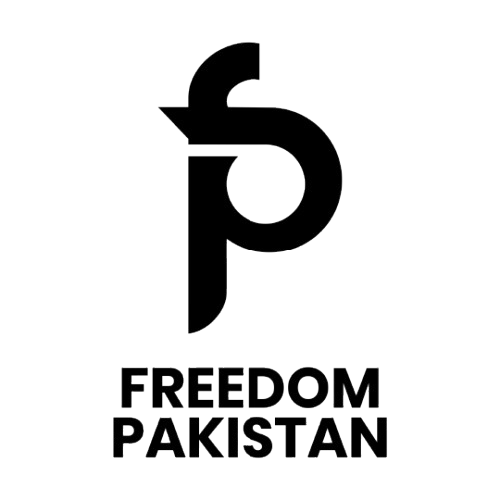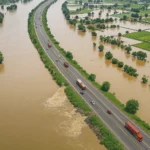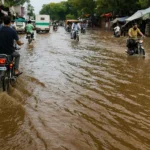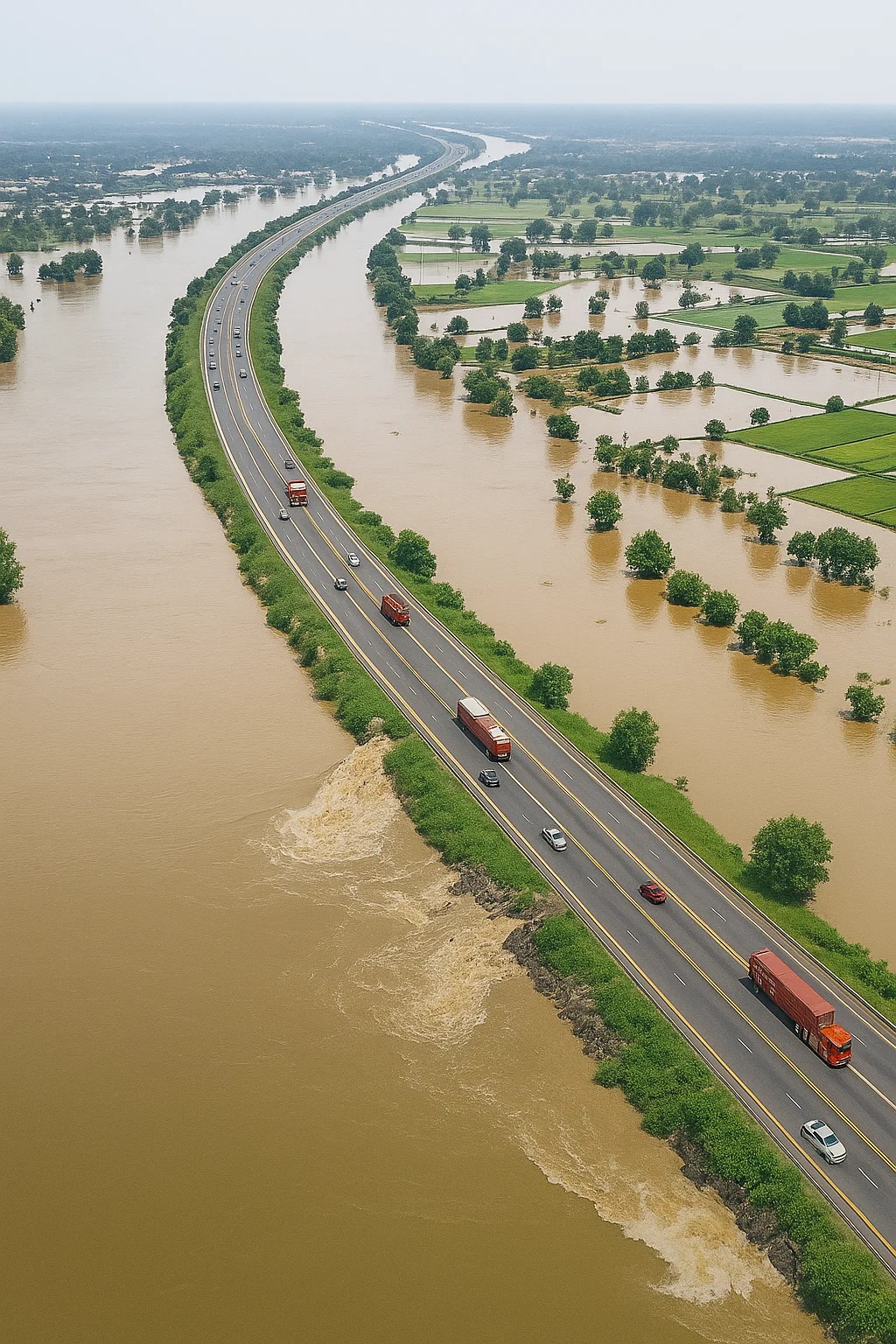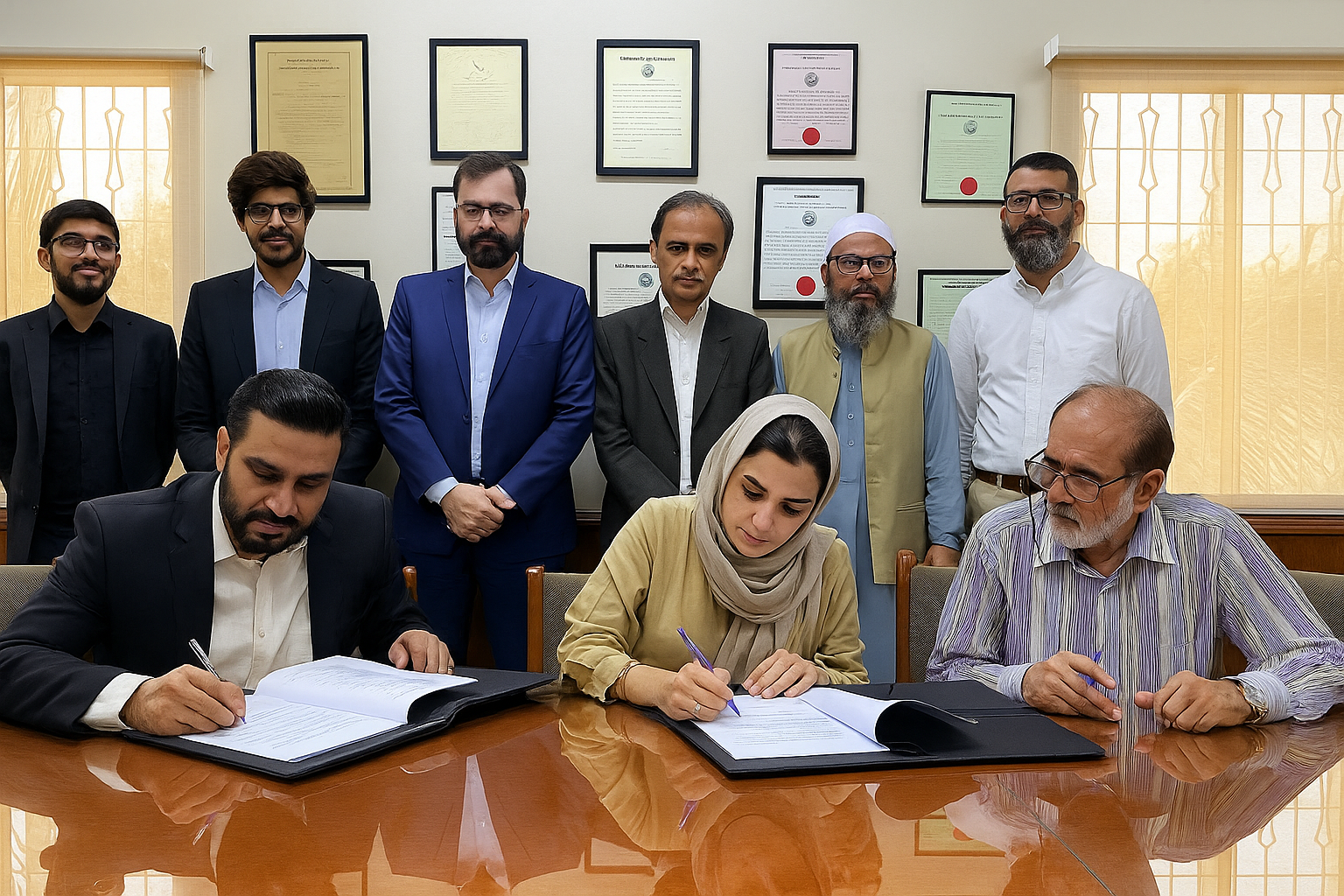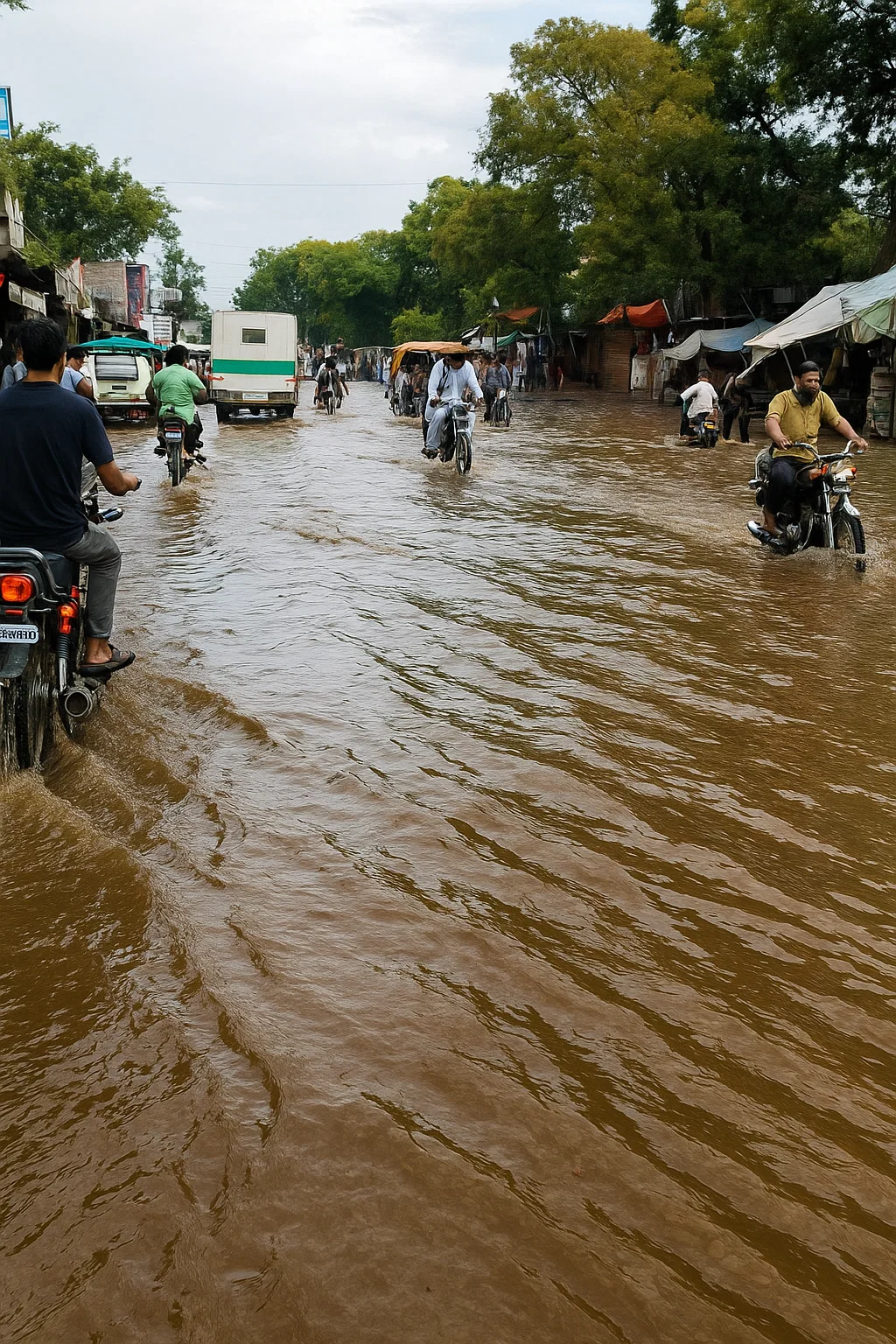The humanitarian disaster in Gaza has entered one of its darkest chapters. The Palestinian Starvation crisis, officially recognized by international organizations, has already claimed the lives of nearly 289 Palestinians, including 115 children, according to the Health Ministry in Gaza. What was once a looming fear has now become an undeniable reality — Palestinian Starvation is not only killing the most vulnerable but also reshaping the political, social, and humanitarian landscape of the region.
Rising Death Toll from Starvation
On Sunday, Gaza’s Health Ministry reported that 289 people, including 115 children, have died due to starvation. The director of the ministry, Munir al-Bursh, described the situation as a “race against time,” warning that without immediate large-scale humanitarian intervention, the numbers will climb rapidly. In just the past 24 hours, eight more deaths from Palestinian Starvation were recorded, underscoring the scale of the emergency.
Aid Seekers Killed in the Hunt for Food
Even as famine spreads, Palestinians face extreme risks while searching for food. Hospital officials confirmed that at least 16 people were killed across the enclave, including seven individuals waiting near food distribution points. Witnesses and medical sources stated that five were shot while waiting for supplies near facilities managed by the US-backed Gaza Humanitarian Foundation (GHF).
This dual tragedy — dying from hunger and being killed while waiting for food — highlights the cruelty of the Palestinian Starvation crisis.
A Deadly Pattern Around Aid Points
Since the beginning of GHF’s operations, over 1,000 Palestinians have lost their lives and thousands more have been wounded while seeking aid. UN figures reveal that 766 people died near GHF aid points, while another 288 were killed near UN or other convoys. Within the first month of operations alone, 516 deaths were documented.
Rights groups accuse Israel of weaponizing hunger, making Palestinian Starvation not just a humanitarian crisis but also a calculated tool of war. Despite mounting criticism, the United States recently pledged $30 million to GHF, sparking outrage among humanitarian advocates.
Malnutrition Among Children
Perhaps the most harrowing aspect of the Palestinian Starvation crisis is its impact on children. At Nasser Medical Complex in Khan Younis, doctors say they are overwhelmed. Dr. Ahmed al-Farra revealed that one in four children in Gaza is malnourished, with between 60,000 and 75,000 at immediate risk.
Currently, 25 children are in critical condition, some lying on hospital floors due to a lack of beds. In heartbreaking scenes, parents bring children who often die outside hospital gates simply because milk and treatment are unavailable.
READ MORE:
https://freedompakistan.com.pk/mous-in-dhaka/
UN Declares Official Famine in Gaza
The United Nations has officially declared famine in Gaza City, marking the first such declaration in the Middle East and the fifth worldwide. The Integrated Food Security Phase Classification (IPC), a UN-backed initiative, confirmed that Palestinian Starvation has reached famine levels, affecting over 500,000 people.
Tom Fletcher, UN emergency relief coordinator, directly accused Israel of “systematic obstruction” of aid deliveries, saying: “It is a famine — the Gaza famine.”
The IPC warned that famine conditions will likely spread to Khan Younis and Deir el-Balah next month, with projections that 641,000 people may face catastrophic hunger.
Famine Classification Explained
For a region to be classified as in famine, three key conditions must be met:
-
At least 20% of households suffer extreme food shortages.
-
One in three children is acutely malnourished.
-
Two people per 10,000 die daily due to hunger, malnutrition, or related disease.
The current situation in Gaza, where Palestinian Starvation deaths are mounting daily, tragically meets these thresholds.
Israeli Military Strikes Amid Hunger
Even as famine spreads, Gaza continues to endure relentless bombardment. Overnight airstrikes and tank shelling targeted neighborhoods in Gaza City, Jabalia, and Zeitoun. Witnesses reported constant explosions, destroying homes and further displacing families already suffering from Palestinian Starvation.
The contradiction is stark: while humanitarian organizations declare famine, Israeli attacks ensure aid cannot safely reach those who need it most.
Humanitarian and Political Fallout
Since October 2023, more than 62,000 Palestinians have been killed and nearly 158,000 wounded by Israeli strikes, according to Gaza’s Health Ministry. Within this broader war, Palestinian Starvation has emerged as one of the deadliest weapons.
The International Criminal Court has already issued arrest warrants for Israeli Prime Minister Benjamin Netanyahu and his former defense minister, Yoav Gallant, citing war crimes and crimes against humanity. Parallel proceedings at the International Court of Justice accuse Israel of genocide — with Palestinian Starvation cited as critical evidence of systematic destruction.
International Reactions
The Palestinian Starvation crisis has sparked international outrage. Human rights groups insist that starvation is being deliberately used as a method of warfare, violating international humanitarian law. Yet, responses remain limited to statements, with little tangible action to halt the blockade or ensure aid delivery.
Some countries have demanded an urgent humanitarian corridor, while others continue to back Israel militarily and diplomatically. The contradiction underscores the political paralysis that has allowed the famine to worsen unchecked.
The Road Ahead: Breaking the Blockade
Experts agree that the only sustainable solution to the Palestinian Starvation emergency is the immediate lifting of Israel’s blockade, combined with unrestricted humanitarian access. Reforestation, long-term food programs, and rebuilding agriculture may follow, but the immediate priority remains simple: food and medicine must reach Gaza’s population now.
If no decisive action is taken, the death toll from Palestinian Starvation will continue to rise, transforming the crisis from a humanitarian disaster into one of the most defining genocides of the 21st century.
Conclusion
The tragedy unfolding in Gaza is not just about bombs and bullets — it is about the silent yet devastating force of Palestinian Starvation. With hundreds already dead, thousands at risk, and children suffering the most, famine has become a weapon of war. The world now faces a moral test: whether it will act to stop the deliberate starvation of an entire people or continue to watch in silence as Gaza starves.
